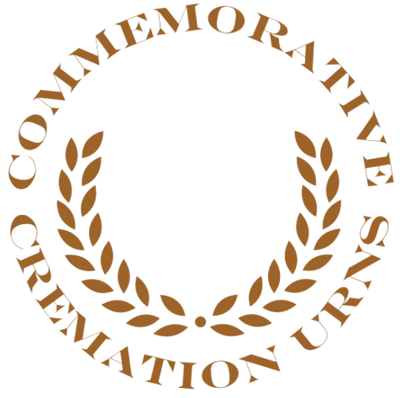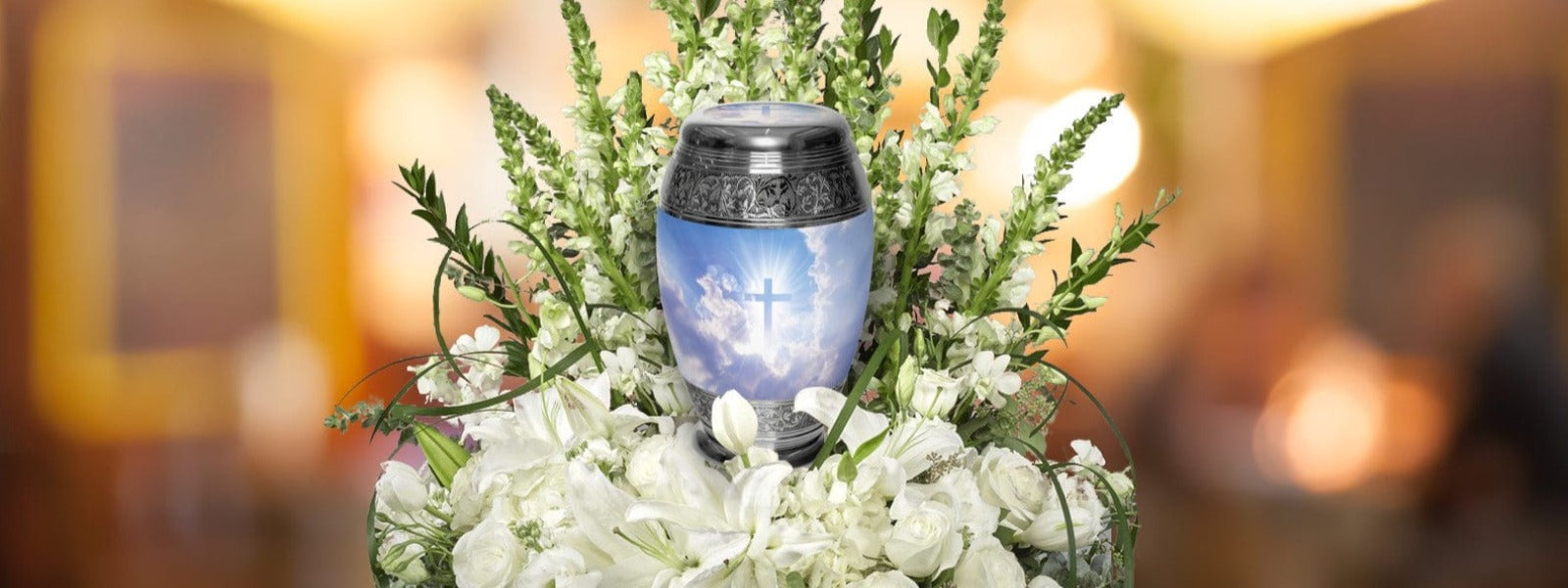After cremation, the remains undergo a few more steps before they are returned to the family or disposed of according to the family's wishes. Here's a breakdown of the post-cremation process:
1. Cooling: Immediately after the cremation process, the remains are left to cool. This can take several hours.
2. Collection: Once cooled, the cremated remains, which consist of bone fragments, are collected from the cremation chamber. At this stage, any larger bone fragments may still be visible.
3. Processing: The collected fragments are then processed into a finer consistency, resembling a coarse, gray powder. This is often done using a machine that grinds the fragments down.
4. Metal Removal: During the cremation process, any metals (from dental work, surgical implants, casket parts, etc.) will not be destroyed by the heat. After processing, any remaining metals are separated, usually using magnets, and are generally recycled.
5. Transfer to Container: The final, processed remains are then transferred to a container. This could be a temporary container provided by the crematory or an urn that the family has chosen.
Once these steps are completed, the cremated remains (often referred to as "ashes") are ready for their final disposition based on the wishes of the deceased or their family. Common options include:
1. Burial: The urn can be buried in a cemetery plot or a specially designated urn garden.
2. Columbarium: A columbarium is a structure with niches (small spaces) where urns can be placed and memorialized.
3. Scattering: Some families choose to scatter the remains in a meaningful location, such as a favorite beach, mountain, or garden. Certain regulations might govern where ashes can be scattered.
4. Home Memorial: Families may choose to keep the urn at home as a memorial.
5. Special Memorials: Some choose to incorporate a portion of the ashes into jewelry, artwork, or other memorials.
6. Green or Natural Options: There are biodegradable urns designed to be buried, which break down over time. Some companies also offer services where ashes can be incorporated into a living reef or turned into a tree seed pod.
It's essential to be aware of any legal or environmental regulations related to the scattering or burial of ashes, especially in public places or natural environments. It's also a good idea for families to discuss their plans and ensure that they align with the wishes of the deceased, if known.






Leave a comment (all fields required)